Getting started on your painting journey can get very overwhelming. There are so many options when it comes to what supplies are best, most necessary, etc. I wanted to share with you my highly recommended list for beginners to get started quickly & have a positive painting experience right from the beginning!
#1: High Quality 100% Cotton Paper
Using high quality paper is a game changer! It gives you a much better painting experience. Of course you can always use student grade to practice and experiment with your techniques. However, when you’re doing a final project, and you really want your outcome to look amazing, I highly recommend quality paper! You can experiment with different brands at your local craft store, or you can grab my free supplies master list below:
Grab My Favorite Tools & Supplies Master List!
#2: Limited Color Palette to Start
It is so easy to get overwhelmed with all the paint choices. If you are a beginner I would recommend starting really slow & small with your color palette. This will also help you to learn color theory in the beginning. There are a ton of great starter sets out there, but this Daniel Smith Warm/Cool Primary Starter Set is one of my top choices! When you start out with mixing your own colors, you get a really good understanding of what types of color palettes you really like, and which colors you like to put together. From there you can branch out into other colors in tubes or pans.

#3: Rags or Paper Towels
It may seem a little obvious, but make sure to have rags or paper towels on hand when you’re painting! This is a double duty type of item. You can use it to soak up extra paint and water, or to add texture or highlights into your work when the paint is still wet. They’re great for soaking up color & create a natural highlight in your work. I am always using them to soak up any extra water in my paint brush. These also help you to avoid getting too much water on your paintbrush when you go to paint!
#4: 2 Jars of Water for Rinsing Warm & Cool Colors
I also recommend having two jars for rinsing; one for your cool colors, and one for your warm colors. It’s definitely not an exact science, and sometimes even I forget which jar is which & end up mixing them up! If that happens, it’s easy to just rinse out your jars & start over. Doing this ensures your colors stay very clean & as close as possible to their true color. If you’re going to mix a warm color and there’s a little bit of a cool color left on your brush, that will contaminate your original color.
#5: Pointed Round Brushes- Between Sizes 4-10
For our last item, I would recommend pointed round brushes. You can get different brushes such as flat and oval brushes, but what I tend to the majority of the time are pointed round brushes. Especially if you’re doing botanicals like me, I recommend starting with pointed round brushes. They are very versatile and you get a lot out of them; you can use them for fine lines, wide strokes for petals and stems, and so on. They don’t have to be super fancy; you can simply start with a craft brush and still get a pointed end.
There are some great combination brush sets you can purchase. They are great if you want to play around, experiment, and see all the different brush strokes you can make!
*Bonus Item* #6: Mindset- Progress Over Perfection
This is an bonus item that’s not technically an item, but still a studio essential! If you’re a beginner, just starting to learn something new, it is so important to have patience and give yourself some grace. Keep a mindset of play, and being gentle with yourself. I know from experience that it can be hard when you’re starting out. But when you practice, over time it does get easier, and your work does get better. Don’t worry too much about your work being perfect! If you approach each time you go to paint as just one more step to getting better in your process, you’ll be able to go slow and enjoy the journey. It sounds cliché, but the joy really is in the journey. You can get lost in the process of learning and find joy in growing & developing.
The last piece of advice I want to share is to keep your artwork small when you’re starting. Cut down your paper into smaller sheets so you can do mini practice runs. This is a great practice to study as you begin your watercolor journey. As you grow you can continue to keep adding little items together to make bigger elements and larger compositions. Getting over the perfection mindset is hard, but just start by making a mark. Start anywhere on the page and then go from there. Allow yourself to just play, make mistakes, and be okay with it not being perfect.
I hope you enjoyed my list of studio essentials! If you’re a beginner, I hope you’re encouraged, inspired, and less overwhelmed by all the materials and choices out there. If you have any questions, pop them in the comments and I’d be happy to answer!
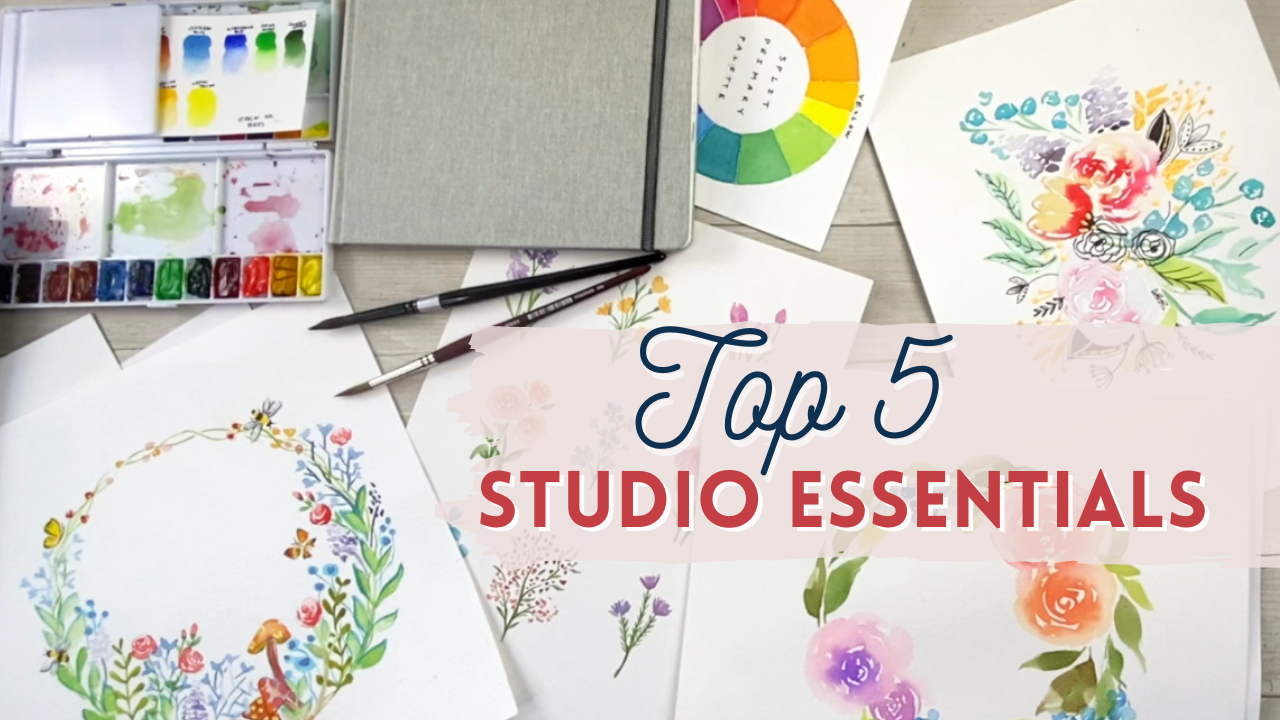

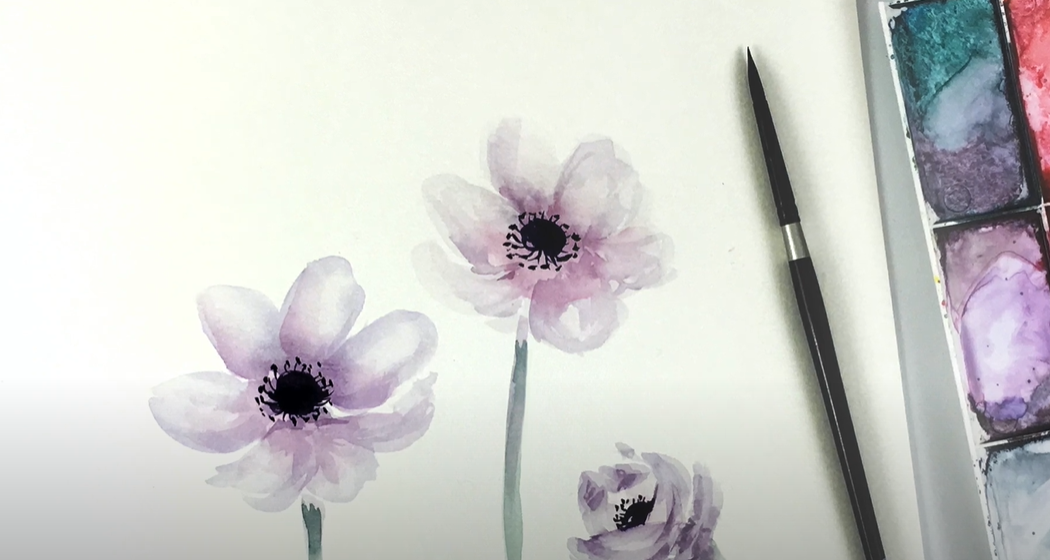
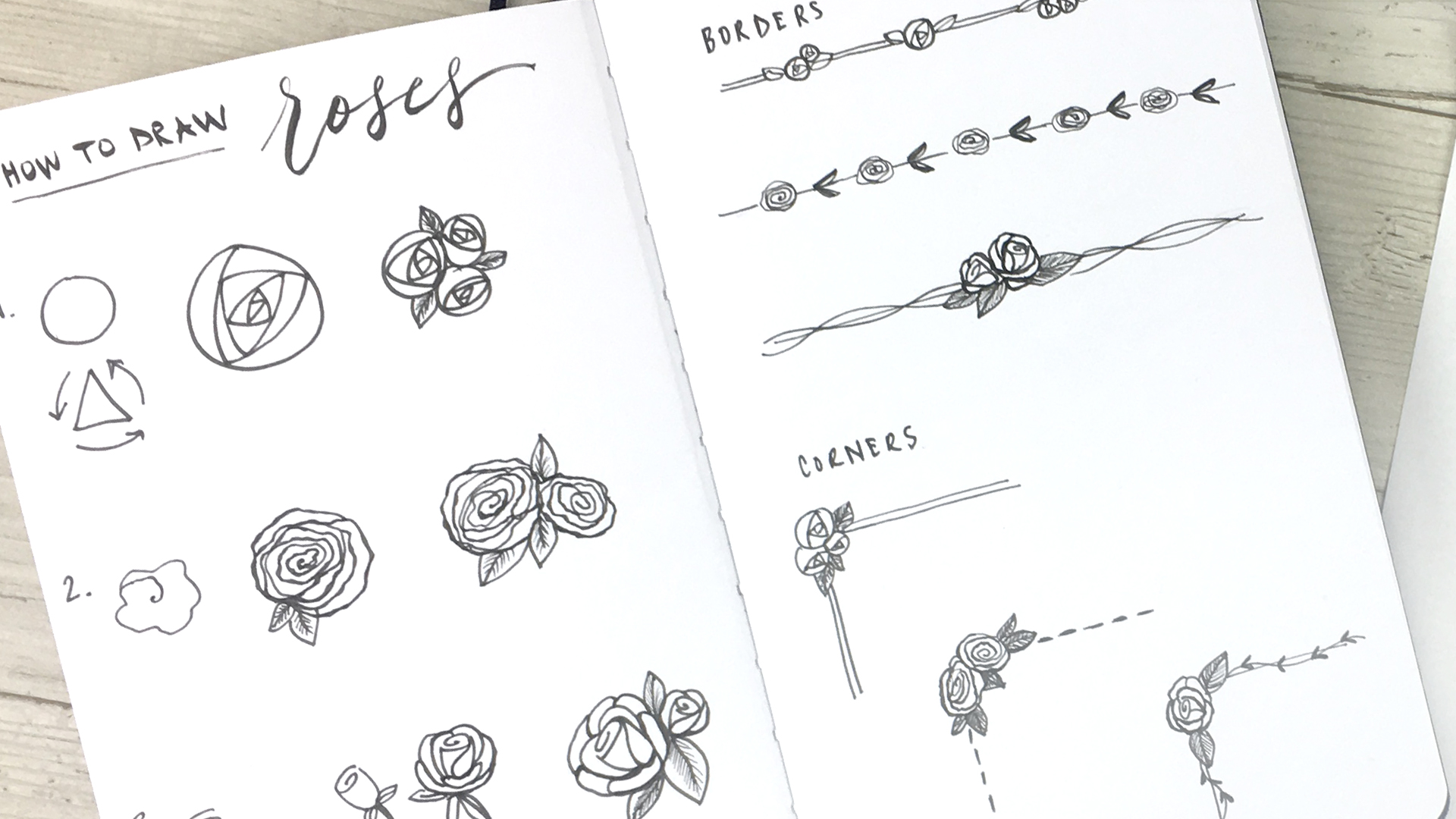
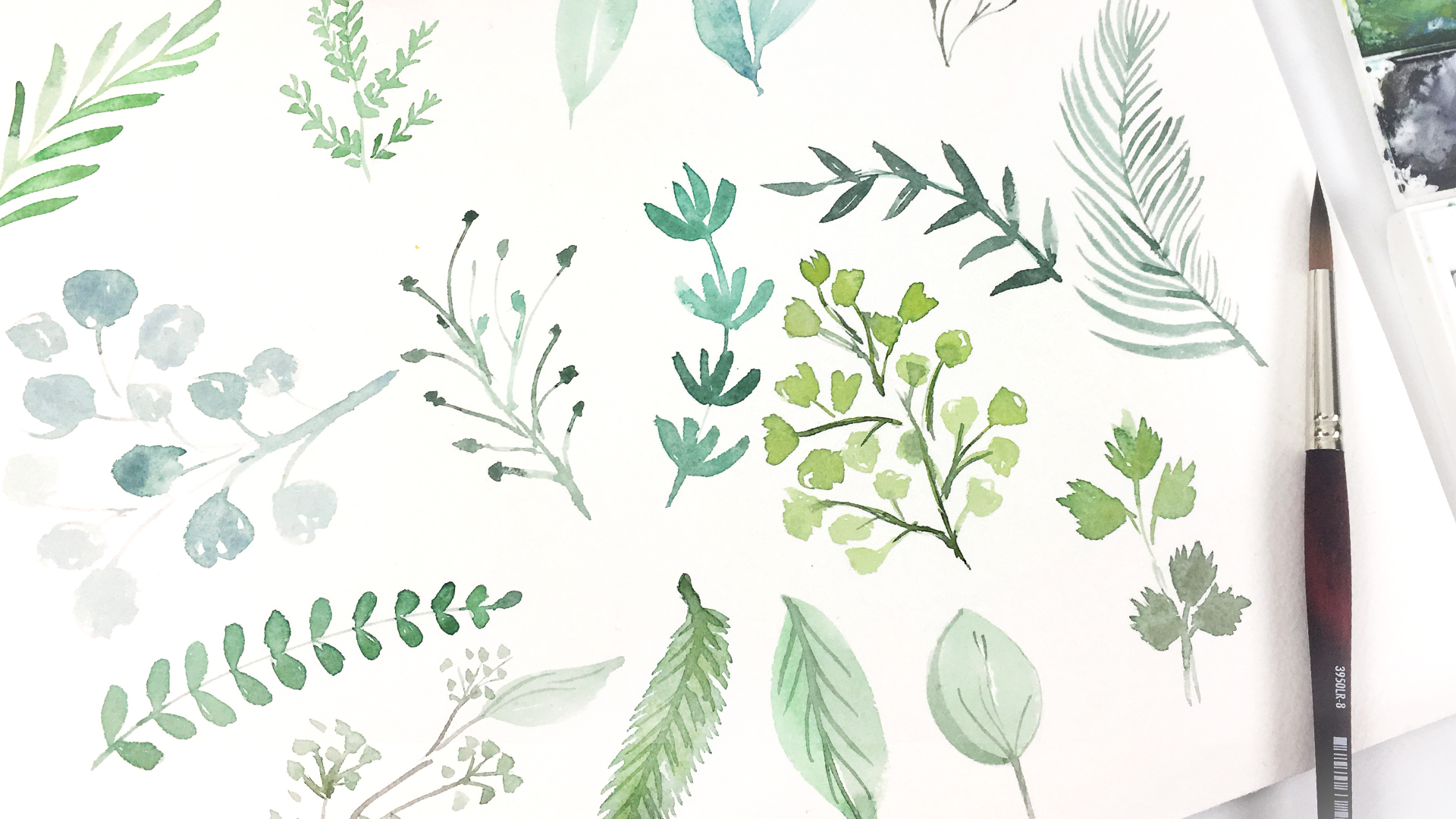

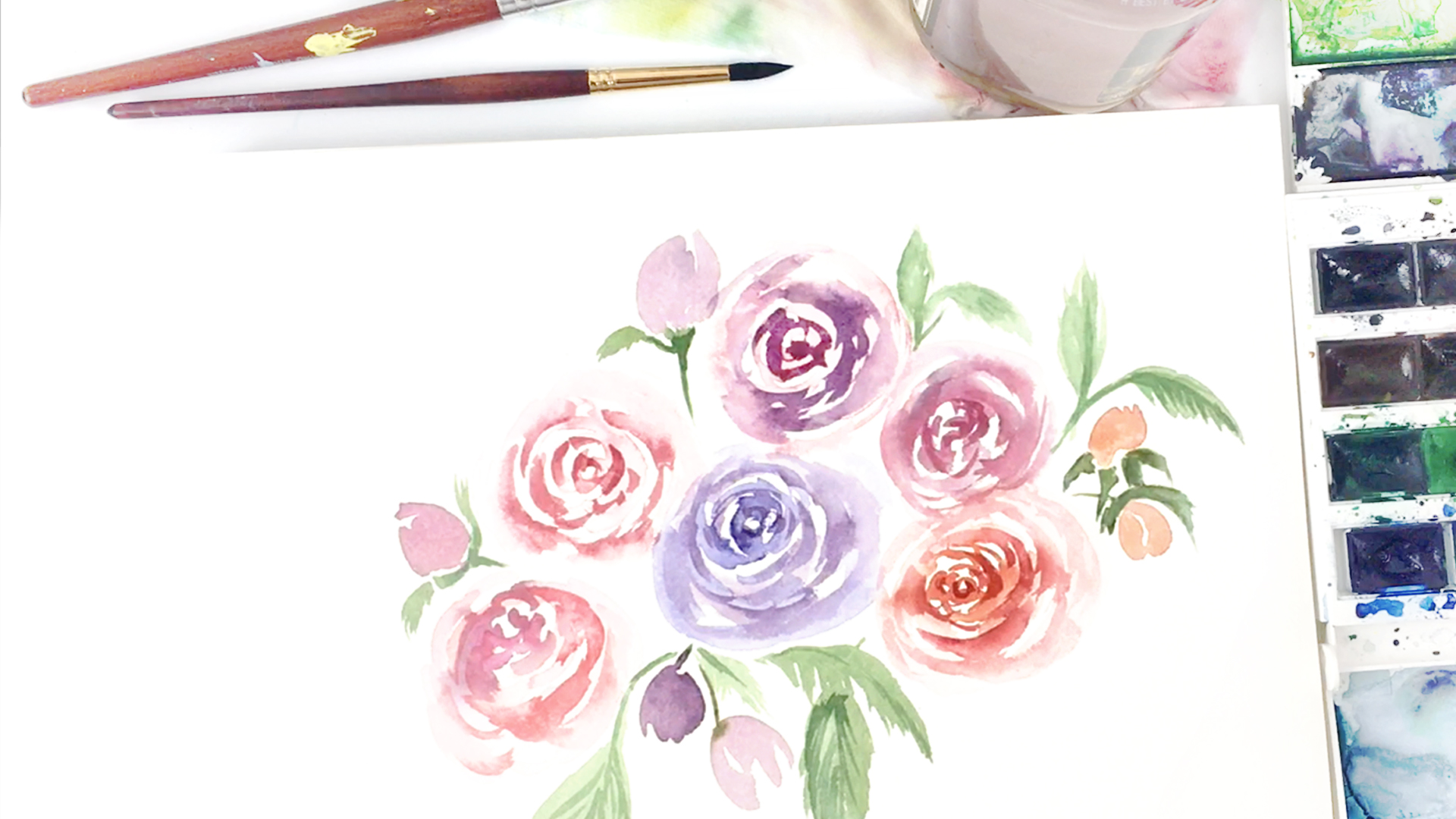
Top 5 Watercolor Beginner Essentials
VIEW THE COMMENTS